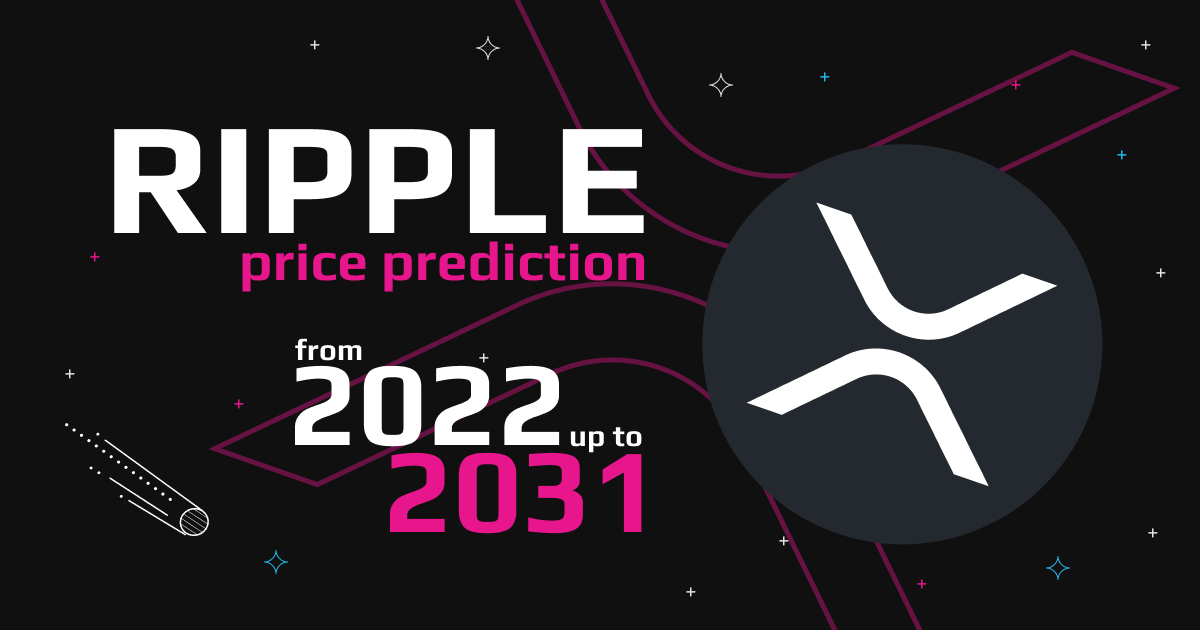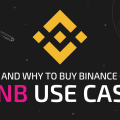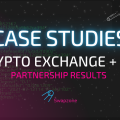XRP is a unique cryptocurrency in the cryptocurrency industry. It is somewhat decentralized, but not to the same extent as Bitcoin, Ethereum, and other cryptocurrencies; unlike them, it does not attempt to be a replacement for the old banking system but rather to partner with and improve it. Nonetheless, because of its numerous unique qualities and significant developments, it is a cryptocurrency that may outlast others. Here’s all you need to know about this cryptocurrency, as well as XRP price forecast for the next few years and its roadmap.
Overview: Understanding of Ripple (XRP)

Ripple is a networking firm that launched the XRP cryptocurrency as its native currency. At first, the coin was designed to be a “digital asset intended for worldwide payments, but it has expanded at an exponential rate since then to become the third-largest digital currency by market capitalization.
XRP Overview
Ripple does not refer to a blockchain with a native cryptocurrency like Bitcoin or Ethereum. The XRP Ledger is a blockchain-like network that allows users to send and receive XRP, Ripple’s digital currency. The XRP cryptocurrency fits into its business strategy by powering its cross-border payments system. As a result, the value of XRP is directly related to its digital payment network and protocol.
The digital asset’s use and the infrastructure behind it as a payment settlement, asset exchange, and remittance system that functions similarly to the SWIFT system is represented by the cryptocurrency XRP. It functions as a global, centralized service for international money and security transfers.
History of Ripple (XRP)
So, who created Ripple? The company and concept were started by Jed McCaleb, who came up with the idea originally. He then engaged the support of coders David Schwartz and Arthur Britto to bring it to reality, and the XRP Ledger was born (XRPL). Their goal was to build a digital asset that was more durable than bitcoin and was designed exclusively for payment processing. The XRPL was initially launched in June 2012. Chris Larsen joined the trio shortly after, and the trio founded NewCoin in September 2012, which was quickly renamed OpenCoin before deciding on its current name, Ripple. Finally, the XRPL founders gave the company 80 billion XRP, the platform’s native currency. Since then, Ripple has placed the majority of the funds in escrow.
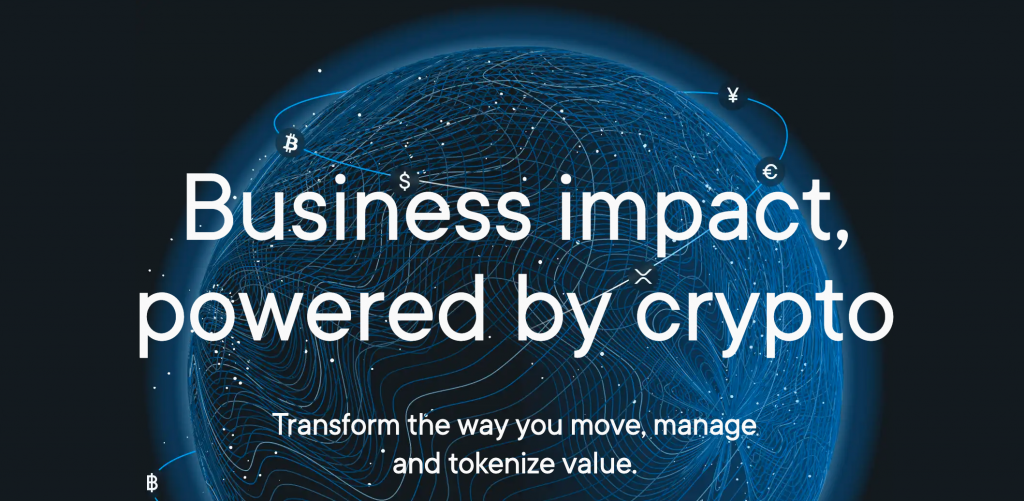
What is XRP?
Unlike most other cryptocurrencies, XRP was not established as a payment option or a replacement for traditional paper money or the entire banking system. Instead, the goal of XRP is to provide a new computation method for the banking system, namely an alternate way of interbank transfers with low commissions.
The Ripple network’s fundamental purpose is to ensure that money transfers are completed quickly. The system keeps track of transactions via a consensus registry, which varies from traditional blockchain in several respects.
The Massive Mission of Ripple
Ripple technology is made up of four parts: xCurrent, (used for liquid pair transactions), Xrapid (used for illiquid pair transactions), xVia (an interface that makes using Xrapid and Xvia easier), and the XRP cryptocurrency. Ripple’s mission is to use its token, XRP, and blockchain technology to provide more efficient services to the banking and financial industries. The company hopes to lower costs and transaction times by eliminating middlemen in financial transactions.
Rippled & Tripled Advantages
One of the most important advantages of using Ripple is that the network makes cross-border transactions safe, inexpensive, and rapid. Ripple now has some of the quickest blockchain transactions in the crypto world, with each transaction taking less than two seconds. This is a remarkable achievement when compared to Ethereum’s two-minute and Bitcoin’s ten-minute times.
Ripple also features some of the most affordable transaction fees on the market, with each transaction costing roughly $0.01 in XRP. The network also boasts low commissions across all exchanges; the flat charge is the same whether you’re exchanging XRP for dollars or gold.

Analyzing the Technicalities: XRP Price Analysis
After the latest market slash, the Ripple price is swinging within fairly narrow zones, indicating an extended accumulation phase. On the other hand, the wave accumulation may continue to range above and below the current pivot levels. After the market conditions have stabilized, a major upswing could force the price to establish higher highs and lows in the future.
For a while, the XRP price could bounce between $0.43 and $0.39, possibly until the weekend. However, the next weekend may turn the tables for the crypto space as it always does. If the price rises significantly, it might start the weekly trade above $0.45 and swiftly reach $0.5 lines. Otherwise, the levels may stay the same.
XRP Price Chart
With a drop of less than 1%, XRP’s decline is not significant. Even though the price of the coin has been nearly steady since yesterday, it is approaching the vital $0.40 threshold, which bulls must retain. If they fail to do so, a further decrease might lead to a test in the $0.37-$0.38 range in the coming days. At the time of writing, XRP was trading at $0.4122.
Investors’ Advice: Creating Ripples Again!!
If all of Ripple’s current expansion plans are implemented, allowing for new partnerships, not just with banking institutions but also with other institutional investors, a broadening of Ripple’s scope will help XRP tremendously. Here’s what analysts expect for the future price of XRP.
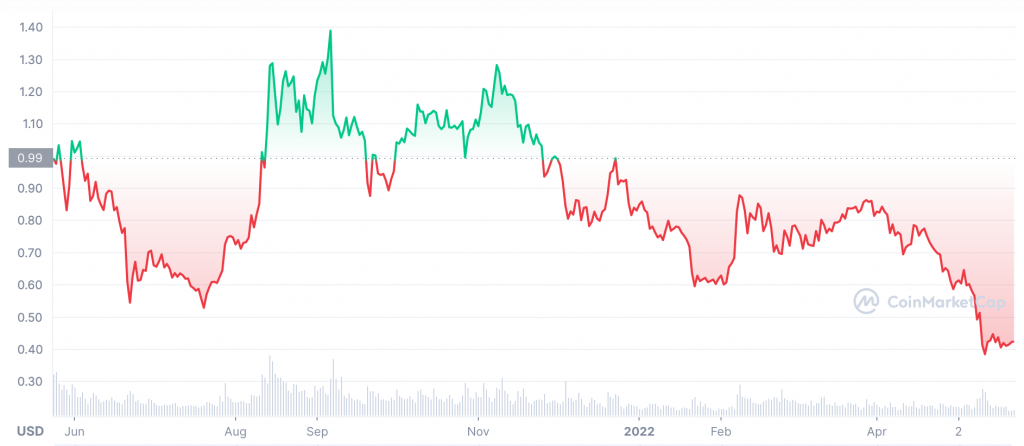
Ripple (XRP) Price Prediction: 2022-2026
The analysts expect the coin’s value to rise slowly and steadily until 2029 when they predict that Ripple’s worth will skyrocket. Here’s a forecast for the long run.
XRP Price Prediction 2022
The minimal cost of XRP will be $0.47, according to a technical analysis of XRP prices projected in 2022. As a result, the value of XRP can rise to a maximum of $0.56, and the forecasted average trading price is $0.49.

Ripple Price Prediction 2023
Based on recent year’s XRP pricing, the minimum price of XRP in 2023 is expected to be around $0.70. The highest XRP price that can be projected is around $0.83. Therefore, in 2023, the average trade price for the long run might be $0.73.
Ripple Price Prediction 2024
XRP is anticipated to have the following lowest and maximum prices in 2024, according to technical analysis by cryptocurrency experts: around $1.01 and $1.22, respectively. The forecasted average trading cost is $1.05.
Ripple Price Prediction 2025
Cryptocurrency experts have studied the prices of XRP and their changes over the previous years, and the least XRP price in 2025 is expected to be $1.47, while the maximum is expected to be $1.76. The cost of trading will be roughly $1.53 on average in 2025.
Ripple Price Prediction 2026
According to crypto specialists’ study of XRP pricing, the highest and minimum XRP prices in 2026 are predicted to be $2.57 and $2.20, respectively. The coin will be traded on average at $2.28.
Ripple Price Prediction 2027
Crypto professionals are continually studying the movements of XRP. According to their estimates, the average XRP price will be around $3.35. It could fall as low as $3.23, but it could yet rise to $3.85 by 2027.
Ripple Price Prediction 2028
In 2028, the price of XRP is expected to range between $4.79 and $5.68. During the year, the average cost is estimated to be roughly $4.96.
Ripple Price Prediction 2029
The maximum XRP price of $8.44 will define the year 2029; however, the rate may drop to around $6.96. As a result, the average trading price is predicted to be $7.21.
Ripple Price Prediction 2030
Crypto forecast specialists are ready to share their XRP cost estimate for 2030 after years of examining the XRP price. It will be traded for at least $10.39, with a possible maximum value of $12.32. As a result, you can predict the price of XRP to be around $10.67 in 2030.
Ripple Price Prediction 2031
The maximum XRP price of $17.96 will define the year 2031; however, the rate may decline to about $14.82. As a result, the average trading price is predicted to be $15.36.
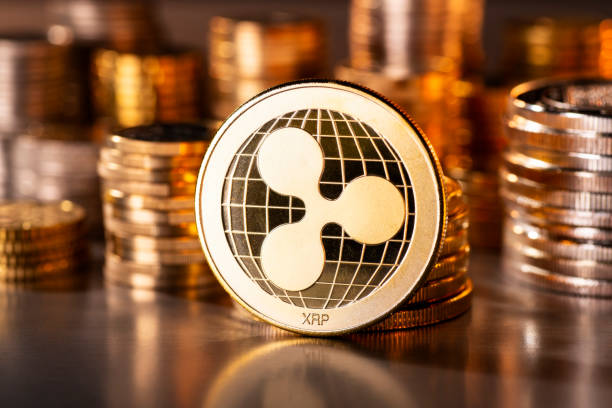
Ripple Creating Ripples in the Cryptoseas
Many investors believe Ripple is a competitor to Bitcoin since it has its own digital currency, XRP, that functions similarly to the more popular cryptocurrency Bitcoin. On the other hand, Ripple does not consider itself a competitor to Bitcoin because it serves a larger goal of information and money transfer.
In actuality, it is a payment mechanism that allows individuals and businesses to seamlessly transfer any currencies, including Bitcoin. To remove any notions of rivalry, Ripple executives are constructing payment gateways specifically for Bitcoin users to integrate the cryptocurrency into the mainstream banking system, thus, making ripples in the cryptoseas for the long run.
Launch of PayID
Ripple’s PayID provides customers with the equivalent of an email address: a unique, easy-to-read ID that can be used with any service provider. Ripple promoted the service, claiming 40 partners and over 100 million potential users, and urged individuals to sign up at PayID.org.
PayID, according to Ripple executive Ethan Beard, is modeled after the Internet’s domain name system, which translates the string of numbers that represent a website’s address into a common term such as Fortune.com. Although the PayID system appears to be quite straightforward to use for both consumers and businesses, payment companies may be hesitant to adopt it for competitive reasons. A payment methodology that works across platforms, for example, could jeopardize their capacity to profit from a captive user base.
RippleX
Ripple presents a cheaper and more efficient solution to the Society for Worldwide Interbank Financial Telecommunications (SWIFT) method to execute international transactions. RippleNet, the XRP Ledger, the XRP token, and RippleX are all meant to play a role in this.
RippleX is a group dedicated to championing tomorrow’s builders by providing XRPL developers with the infrastructure, tools, services, programs, and support they need to advance the solutions and innovation required to enable businesses, consumers, institutions, and governments to fuel the engine of a new digital economy. Finally, RippleX is based on the concept that achieving the Internet of Value depends on how easily more people can use new technologies and how effectively we can transform the way the world works today.
One Pay FX Solution
One Pay FX is built on Ripple’s RippleNet technology, although it is unrelated to XRP and does not require it to work. Both Santander, a Spanish bank and financial firm, and Ripple worked on the payment system for several years. The bank says that the One Pay FX system provides predictability, transparency, quickness, and low cost, despite some consumers calling it “sub-optimal” and prone to “client stickiness.”
Ripple Swell
Ripple Swell is an annual conference sponsored by Ripple Labs Inc to demonstrate new technology, release news, and promote its cryptocurrency, XRP. Swell was conceived as an event where “a roster of payments experts and industry luminaries” could review trends, success stories of blockchain implementations, and real-world blockchain use cases to address shifting customer expectations for global payments.
Line of Credit from RippleNet
On October 8th, 2020, Ripple announced the debut of Line of Credit in the news, a new beta service for RippleNet clients who may now use the network’s on-demand liquidity (ODL) service to source cash and initiate payments using the network’s token XRP. This would imply that Ripple’s Line of Credit would offer markets immediate access to capital.
Ripple claimed that this new financing arrangement would “simplify” access to financial solutions that would help businesses scale and perform better. The addition of the Line of Credit feature came after the company brought forwards the news of the appointment of Asheesh Birla as RippleNet General Manager to expand on RippleNet’s On-Demand Liquidity (ODL) service, which allows consumers to reduce the need to pre-fund accounts.

RippleNet has a series of products:
Besides the coin and various technological advances of Ripple, the company has created a few other different products:
xCurrent
The Ripple network does not use a traditional blockchain and instead relies on a network of servers run by volunteers. Without the use of XRP, the xCurrent interbank payment system can function as a distributed ledger. It is a business solution that makes payouts and post-transfer acknowledgment easier. Banks may communicate and confirm transactions in real-time using this technology. Despite having built all of these products, Ripple removed ‘xRapid’ and ‘xCurrent’ from its website in 2021, promoting RippleNet instead.
xRapid
xRapid is Ripple’s cross-border payments product that reduces liquidity costs by leveraging the digital asset XRP’s superior speed, low transaction cost, and scalability. However, a strong ecosystem of digital asset trading partners worldwide is required for xRapid to be successful. These exchanges allow xRapid transactions to travel swiftly and effectively from one currency, XRP, to another currency.
xVia
According to Ripple, xVia is designed for businesses, payment providers, and banks who want to send payments across many networks using a standard interface. The easy API from xVia requires no software installation and allows users to send payments globally with full visibility into payment status and attachments such as invoices.
Ripple (XRP): Unveiling the Mystery
Ripple includes three additional characteristics that improve its usefulness in addition to its core functions. While you might think Ripple is no big deal, it has achieved so many advances that other projects don’t even dream of.
Its xCurrent technology, which allows banks to confirm transactions in real-time, xRapid, an advantage to payment providers since it allows for increased liquidity at lower prices and xVia, a simple API that doesn’t require any software installation and allows for transparent payments over many networks as well as the attachment of additional information like invoices are all impressive works of this project.

FAQs
Here are some interesting FAQs you may also have regarding Ripple or XRP.
💡Do the firms following On-Demand Liquidity (ODL) get influenced by the price volatility of XRP?
In one of its quarterly XRP Markets Report, Ripple emphasized the growing need for on-demand liquidity (ODL). In the report, Ripple attributed the increase in sales to its core ODL clients’ deeper engagement. To fulfill the increased demand for ODL, Ripple mentioned acquiring 40% of Tranglo, Asia’s biggest cross-border payments specialist.
According to the report, the alliance would also aid Ripple’s expansion goals in Asia. Ripple CEO Brad Garlinghouse noted the company’s performance in Asia in an interview with Reuters: “We have been able to continue to grow the business in Asia and Japan because we’ve had regulatory clarity in those markets,” he said.
💡What is XRP? How do I trade XRP?
XRP is the native coin of Ripple Labs Inc’s products. XRP can be used in the same way as any other digital currency, for transactions or as a realistic investment. In addition, other sorts of transactions, such as currency exchange, could potentially be processed using the Ripple network.
Instead of dealing with the currency conversion directly through a bank or money-changing exchange, you may first exchange your US dollars for XRP on the Ripple network and then use them to buy euros. This might be a faster and less expensive option than paying exorbitant fees to banks and money transfer companies.
💡Which platform does Ripple recommend for trading XRP?
Ripple promotes itself as a worldwide payments network, with customers including major banks and financial institutions. For rapid currency conversion, the company’s goods employ the currency XRP. eToro came out on top in a review of 50+ crypto day trading crypto and stock platforms for 2022. The fact that the site is strictly regulated may be the most crucial aspect. This comprises FCA, ASIC, and CySEC licenses, as well as FINRA registration and authorization. Swapzone is also a good option because it offers a variety of price bargains from numerous exchanges and platforms. You can buy, sell, and trade XRP on Swapzone in just a few simple steps that don’t require you to be accustomed to the world of crypto.
💡How many financial institutions have adopted Ripple (XRP)?
When RippleLabs, a technology startup, took over Ripplepay in 2012, it entirely restructured the system. The new system contained digital cash functionalities, which were demonstrated by the launch of their new token, XRP. Ripple has already reached out to major financial institutions in terms of partnerships, and several of them are already using the Ripple network. Santander, Western Union, American Express, BBVA, Bank of England, and MoneyGram are among them.
💡What is the Ripple Payment Protocol?
Using the Payment Protocol to buy or sell Ripple XRP can be difficult, but we can explain it. There is no need for a central authority because the system’s state is maintained via widespread consensus. The system keeps track of all bitcoin units and who owns them. It also determines if new cryptocurrency units can be formed and whether buying or selling Ripple XRP Payment Protocol is appropriate at the time. If new cryptocurrency units can be formed, the system specifies the circumstances around their creation as well as how to determine who owns them.
Cryptography is the only way to prove ownership of crypto units. The system enables transactions involving the transfer of ownership of cryptographic units. Only an entity confirming current ownership of these units can issue a transaction statement. When two alternative instructions for altering the possession of the same cryptographic unit are entered at the same time, the system only executes one of them.
💡Is Ripple secure?
In terms of market value and popularity, XRP is behind Bitcoin, but it is a far more efficient medium of trade and payment. XRP transactions are faster, cheaper, safer, and use less energy than BTC transactions.
💡Is XRP a good investment?
XRP is a popular and technologically advanced coin with promising price growth prospects. It also has minimal competition in terms of what it can do. The XRP coin is widely used, making it popular among many people, from financial institutions to ordinary individuals. Purchasing this digital currency so appears to be a wise investment. If it matches your portfolio, XRP could be an excellent investment for the future. It offers a number of advantages over many other cryptocurrency initiatives, including an existing community and infrastructure. In addition, the Ripple crew appears to be incredibly committed to their product, actively working to improve and upgrade it on a regular basis.
💡What is the validator incentive structure for validators not run by Ripple?
The primary goal of running a validator is to maintain and protect the network’s stable performance and conscious evolution. The validators determine the development of the XRP Ledger; therefore, any company that uses or relies on it has an internal goal to ensure the network’s security and maturity. The extra charge and energy required to run a validator are minimal when using an XRP Ledger server to engage in the network. This implies that further considerations are unnecessary, such as Bitcoin mining rewards. Ripple avoids giving XRP as a reward for completing a validator so that such incentives do not affect its performance.
💡Will XRP go up?
Ripple, as a manifestation of a fast and secure payment channel, has enabled people all over the world to transact without the intervention of the government or any other financial institution. As a result, it is entirely customer-focused, and given recent price fluctuations, it may soon show a significant gain. According to some forecast sites, the XRP coin price might return to its all-time high above $3 by the end of the decade, with the most bullish anticipating it to reach above $20 by 2030. However, keep in mind that crypto prices are extremely volatile and unpredictable.
